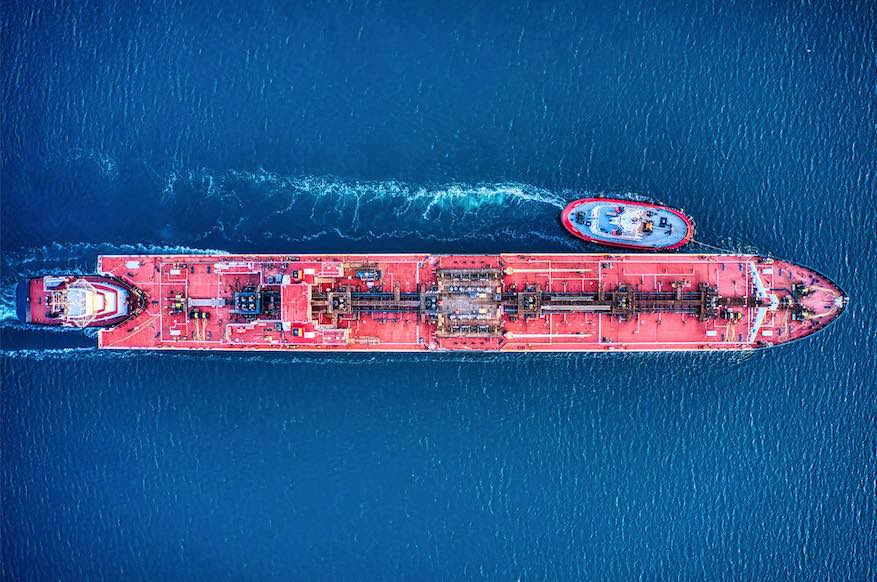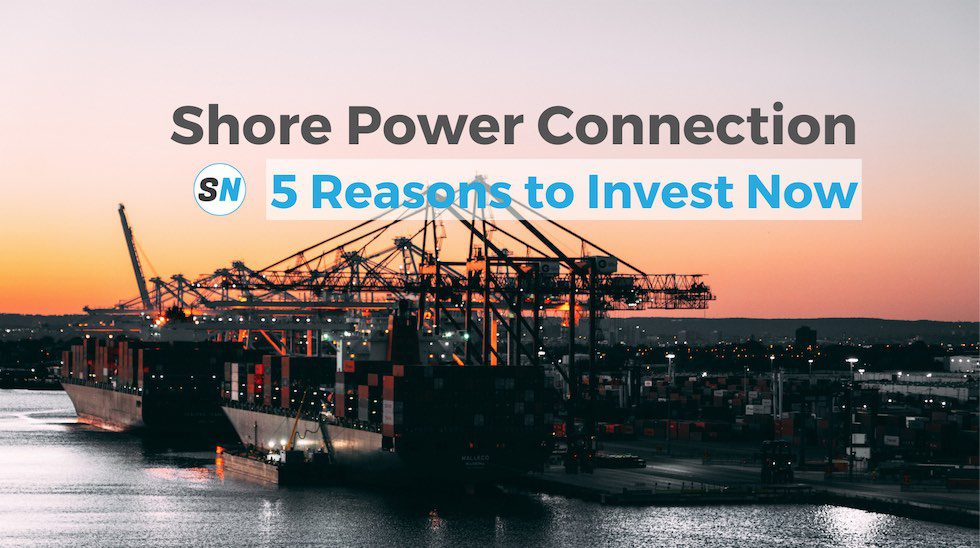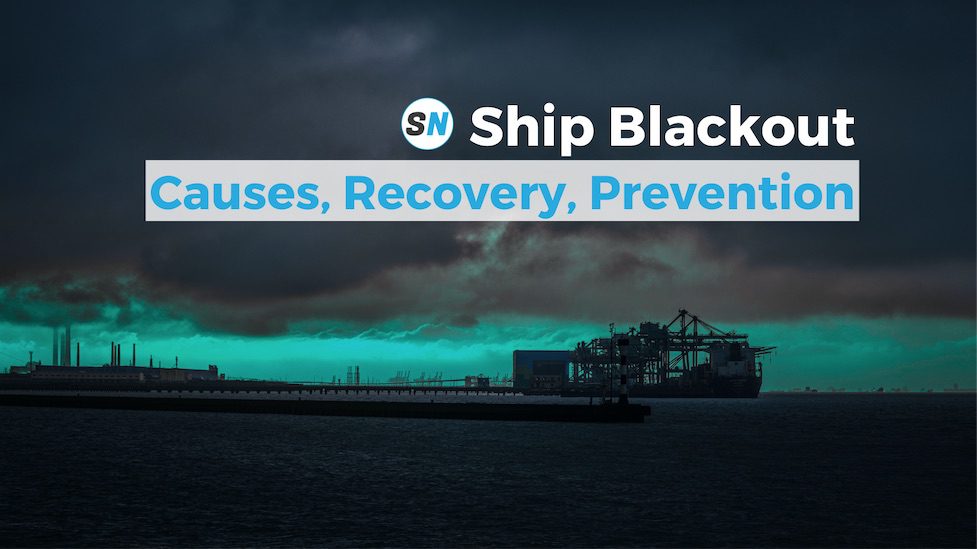28 November 2024
How energy-saving technologies assist CII up to 30%

Energy-Saving Technologies can lower fuel consumption and reduce vessel emissions. But which ones are best for CII compliance?
The International Maritime Organization’s Carbon Intensity Indicator (CII) regulations have set ambitious targets for reducing carbon intensity in the shipping industry: a 40% reduction by 2030 and a staggering 70% reduction by 2050.
Table of Contents
What does CII compliance mean for your fleet?
CII measures how efficiently vessels above 5,000 GWT transport goods or passengers. It is expressed in grams of CO2 emitted per cargo-carrying capacity and nautical mile. Vessels must collect and report their fuel consumption and distance travelled to calculate their CII score. Based on this data, ships receive a yearly CII rating from A to E, with A indicating the best emissions performance.
CII requirements are becoming stricter over time, so vessels will need to continuously improve their carbon efficiency to maintain or improve their rating. Vessels rated D for three consecutive years or E in a single year must develop and implement a plan to improve their performance.
This can be a real challenge for merchant vessel operators, with an estimated 45% of the current global fleet at risk of non-compliance. It is also likely that ships with better CII ratings will become more attractive to charterers, potentially allowing you to command higher rates.

CII Calculation: Carbon Intensity Indicator Guide
The CII calculation is one of the top hits the past month. We debunk its complexity by simplifying the procedures based on IMO guidelines.
Ship Nerd
How can to comply with CII and stay competitive?
There are various strategies you can implement to reduce emissions and ensure compliance:
- Slow steaming – lower speeds mean lower emissions, but sailing more slowly can make your vessels unattractive to charterers.
- Route optimisation – sailing the most direct route is an excellent way to minimise fuel use.
- Regular hull and propeller cleaning – friction between the hull and the water eats up at least 70% of the energy needed to move your vessel through the water. A clean hull and propeller mean less fuel is needed.
- Engine upgrades or retrofits – for example switching to a hybrid system.
- Switching to lower-carbon or alternative fuels – a brilliant long-term solution, but can be expensive in the short term.
- Energy saving technologies (ESTs) – an easy win for many vessels, giving several more years of profitable operations from a relatively modest initial investment.
Energy-Saving Technologies
Energy-Saving Technologies, ESTs can help you reduce emissions by making small efficiency improvements that add up to much bigger fuel savings. In fact, with the right combination you can reduce emissions by as much as 30%. You can choose one or two ESTs for small but noticeable savings – or mix and match a wider selection of solutions for some astounding results.

Accelerating the green energy transition before 2030
Global warming is at a record pace, breaching the 1.5°C target by mid 2030s. Accelerating the green energy transition, can still turn things around.
Ship Nerd
Which energy-saving technologies will help me comply with CII?
Running your vessel more efficiently will ensure you stay compliant and that your ship stays operational for as long as possible. A more efficient vessel will also save you money. The right ESTs will depend on your vessel and operational profile, but here are some you might be choosing between:
- Air lubrication – by creating a carpet of microbubbles on the ship’s hull, it reduces frictional resistance. As a bonus, air lubrication also means less hull cleaning.
- GATE RUDDER™ – an innovative energy-saving and manoeuvring device formed of two foils on either side of the propeller that delivers beneficial hydrodynamic effects.
- Rotor sails – this clever solution harnesses the wind to provide additional propulsion.
- Hub Vortex Absorb Fins (HVAF) – an energy-saving propeller cap to eliminate drag from propeller vortex with a payback time of less than one year.
- Pre-Shrouded Vanes (PSV) – an innovative duct that creates optimal inflow for the propeller by equalizing the wakefield.
- Rudder Bulb – a rudder design, incorporating a bubble behind the propeller that improves propulsion in the same manner as HVAF but with a slightly lower effect.
- EcoControl – a smart control system that combines optimal propeller pitch with optimal engine loading.
- New propeller design HEP – leading to impressive efficiency gains for slow-steaming vessels by installing a new High Efficiency Propeller.
- Shaft Generator – installing a new generator on the intermediate shaft to save fuel from operating the auxiliary engines.
Are energy-saving technologies proven to work?
All the currently available technologies have already been proven on numerous vessels. There is no question that they help cut emissions and enable CII compliance. The energy savings can best be understood using real-world examples. These cases are anonymised, but the savings are very real and verified with model tests:
A 180,000 dwt Capesize bulker sails 73,000 nautical miles a year, consuming 11,000 tons of heavy fuel oil. Energy-saving technologies could reduce the bulker’s CO2 and greenhouse gas emissions by:
- 10% with a combination of PSV, HVAF and HEP– potentially giving 3 years of CII compliance extension
- 7–10% with a combination of HVAF, air lubrication and HEP – potentially giving 4 years of CII compliance extension, or
- 24–28% with a combination of a shaft generator and HEP – potentially giving over 7 years of CII compliance extension.
How to choose the right energy-saving technologies
Regardless of your vessel type or operating profile, there is an EST that can help you improve performance. Here are some of the potential savings available:
- Air lubrication – 10% potential emission reduction
- GATE RUDDER™ – 20% potential emission reduction
- Rotor sails – 30% potential emission reduction
- HVAF – 2–5% potential propulsion energy-saving
- PSV – 4–8% potential propulsion energy-saving
- Rudder Bulb – 1-4% potential propulsion energy-saving
- EcoControl – 1–3% potential fuel consumption reduction
- New propeller design HEP – 5% potential propulsion energy-saving
- Shaft Generator – 25% potential performance increase
Combining the right ESTs together can give your vessel many more years of CII compliance with relatively small investments. But how do you choose the right combination?
We can help you determine what effect individual solutions and different combinations of solutions will have on your vessel’s emissions and CII rating. The three-step, data-led approach shines a light on which technologies are available and how to apply and integrate them – helping you to make the optimal decision for your vessel. Here’s how the process works:
Step 1: Evaluation – Full technical and operational, in-depth evaluation of the fleet’s energy profile, while working together to determine the current compliance status. Our wide contacts network enables us to find any missing drawings/documents which often results in the optimal result.
Step 2: Solution – We, are more than happy to offer a complete Turn-Key solution that is set to drive the marine fleet through the upcoming regulations effortlessly. From energy solution selection to EEXI Verification.
The service takes the guesswork and uncertainty out of choosing the right solutions, providing a clear plan of action based on solid data rather than static assumptions.
How to stay CII compliant
If you need to maintain or improve your CII rating while maintaining current market speeds, there is definitely an EST – or combination of ESTs – that can help. And compared with the CAPEX of building or buying a new vessel, the upfront investment is minimal. What all ESTs have in common is the ability to help you keep your vessel profitable and CII-compliant for longer. Get in touch to understand which ESTs are right for you.
See Also

Shore Power Connection – 5 Exciting Reasons to Invest Now
A shore power connection will save fuel and cut your vessel emissions – here are 5 more exciting reasons to invest in ship-to-shore power now!


